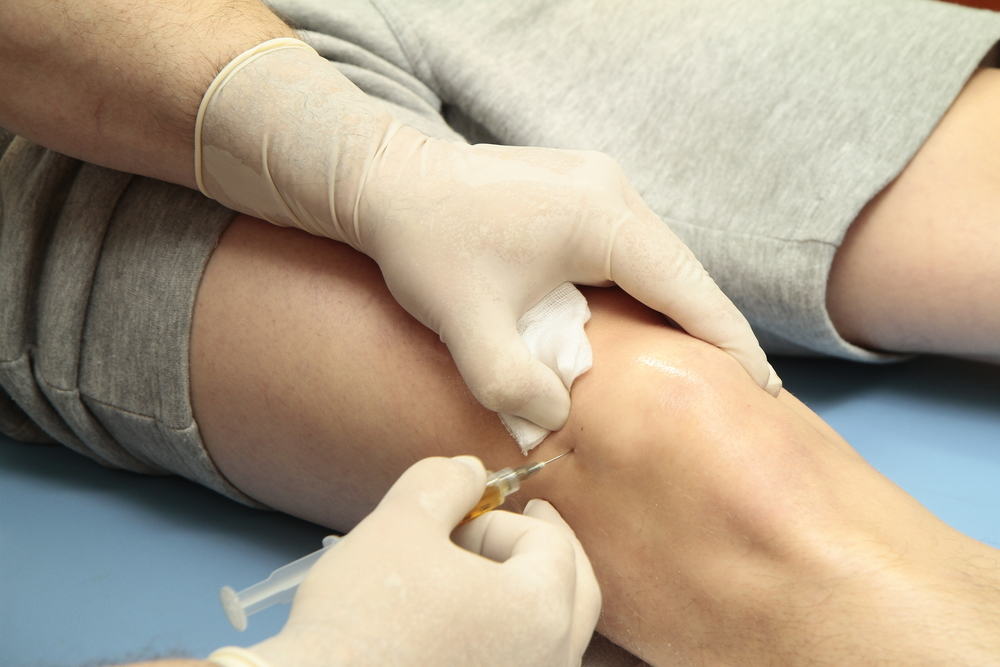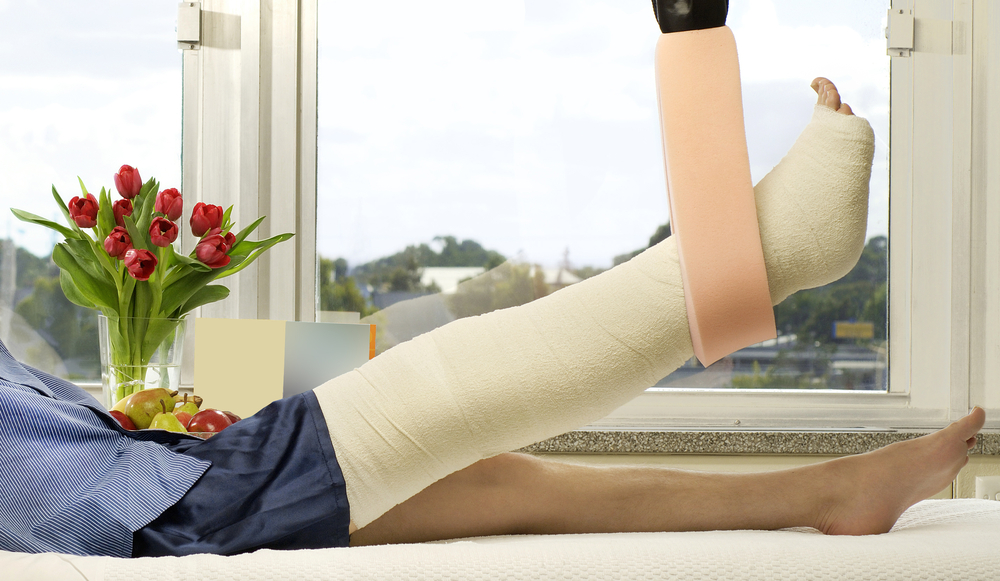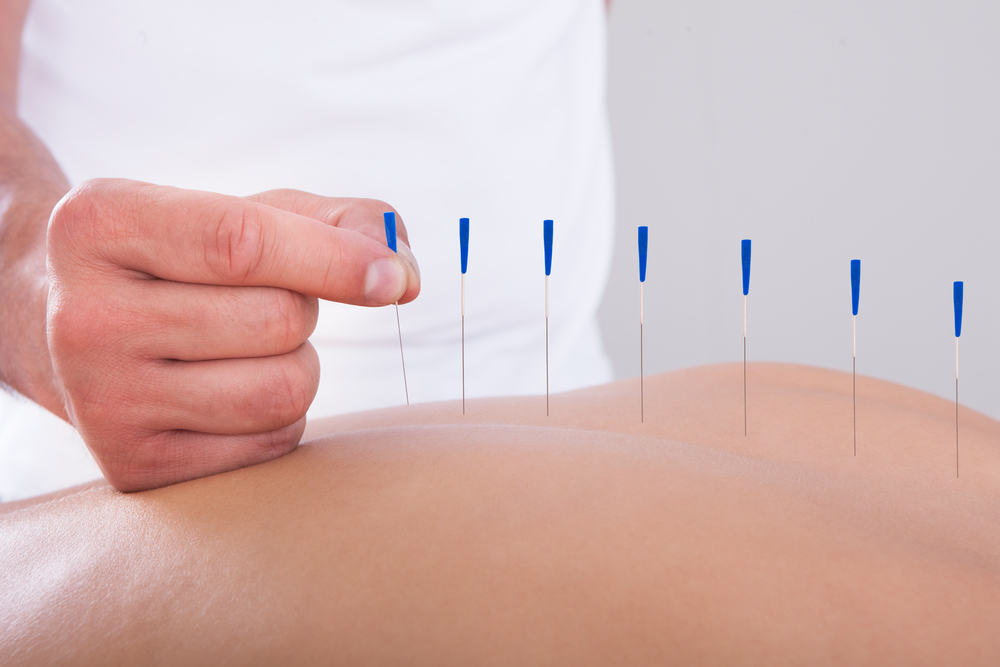Contents:
- Medical Video: Osteoarthritis of the hip, Stephen Kantor, MD
- Types of knee injection to treat osteoarthritis
- 1. Corticosteroids
- 2. Hyaluronic acid
- 3. Athrocentesis (suctioning of liquid)
- Knee injection procedure
- Pro and contra knee injections to treat osteoarthritis
- Tips for maintaining knee health if you have OA
Medical Video: Osteoarthritis of the hip, Stephen Kantor, MD
Osteoarthritis (OA) of the knee can affect anyone, but most people with this condition are aged 50 years and over. This disease is a progressive disease, which means that the condition or pain experienced by the sufferer will be more intense over time, and the patient will increasingly have difficulty moving his knee.
The doctor will usually prescribe medication to take and suggest lifestyle changes before giving a choice of knee injections. What are the pros and cons of knee injections to treat knee osteoarthritis? Are all types of injections the same? How does it work?
Types of knee injection to treat osteoarthritis
1. Corticosteroids
Corticosteroids are useful for reducing inflammation or swelling. Although oral or drinking corticosteroids are commonly used to treat them rheumatoid arthritis (rheumatism), but this medication is not the main choice for OA.
If you suffer from knee OA, corticosteroids will work most effectively by being injected directly into the knee joint. This treatment will target the swelling or inflammation directly in the joint so that the bones in the joint do not touch each other when you move.
2. Hyaluronic acid
If you suffer from OA, then you may lack hyaluronic acid in your knee. This substance serves to coat the cartilage and is useful as a lubricant and silencer (shock absorber) so that your knees can move freely.
Therapy with hyaluronic acid aims to replace your natural hyaluronic acid and prevent bones from rubbing against each other. In addition this substance can also relieve inflammation and reduce pain.
3. Athrocentesis (suctioning of liquid)
Unlike the two methods above, this procedure actually sucks fluid from the knee joint. Removing excess fluid in the knee will help reduce pain and swelling directly. This procedure is sometimes done after the patient has injected corticosteroids or hyaluronic acid.
Knee injection procedure
Before being injected, your skin will be cleaned and given local anesthesia. In some cases, the doctor will use ultrasound to help guide the direction of the needle to be injected. You may feel a little uncomfortable during the injection.
In certain cases, the doctor may suck some of the fluid from your knee first and then inject the medicine that will be given. After injection, the wound will be covered with injection tape and you can return to the house.
Your doctor will probably forbid you from avoiding activities that burden the knee for several days. You can also feel pain in your knee for some time. If in doubt, you can ask your doctor about any things you should not do at home.
Pro and contra knee injections to treat osteoarthritis
Corticosteroid injection can relieve pain and inflammation quickly. However, on the other hand, corticosteroid injection does not always affect everyone. In addition, you also cannot accept an injection if your knee has been severely damaged. Some side effects that might occur include:
- swollen after injection
- nerve damage
- thinning of bones around the injection site
The number of corticosteroid injections a person can receive is also limited, usually once every three or four months in the same joint. Taking too much injection can cause breakdown of cartilage and aggravate the condition of the knee. In addition, too often receiving this injection can also increase the risk of blood pressure, osteoporosis and skin atrophy.
Meanwhile, injection of hyaluronic acid has a longer-lasting effect of pain and inflammation relief (not as soon as a corticosteroid injection). If the effect of corticosteroids can be felt after a maximum of 2 weeks, then injection of new hyaluronic acid can be felt full effect after five weeks. Some people also may not feel the benefits.
Side effects that can occur with hyaluronic acid injection include:
- mild skin reaction at the injection site
- flare-up or acute arthritis attacks after injection
Another method, which is suctioning knee fluid can immediately relieve pain and discomfort. However, this procedure also has side effects such as bruising, swelling, or infection at the injection site.
Tips for maintaining knee health if you have OA
Whatever therapy you get to deal with knee OA, you should still know how to maintain your knee health, here are some tips:
- Avoid activities that overload the knee. For example, you can use elevators instead of stairs.
- Avoid heavy sports such as running or tennis. You can replace it by swimming, cycling or walking.
- Maintain an ideal body weight or lower your weight if it is excessive. The ideal body weight can reduce the burden on the knee.
- Use hot or cold compresses to make your knees more comfortable.
- If your knee blocks movement, you can use it brace knee or stick.
- Consider physiotherapy or special training with people who are trained and understand about OA.












